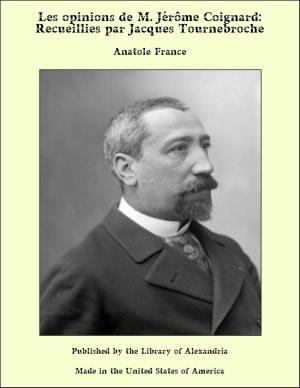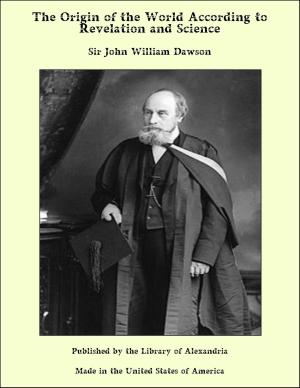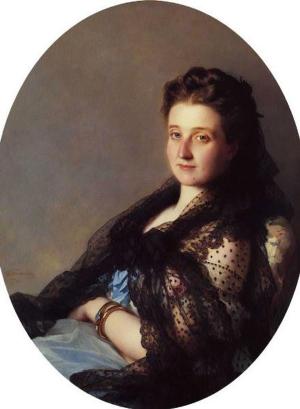Chambers's Twentieth Century Dictionary (part 4 of 4: S-Z and supplements)
Nonfiction, Religion & Spirituality, New Age, History, Fiction & Literature| Author: | Various | ISBN: | 9781465562913 |
| Publisher: | Library of Alexandria | Publication: | July 29, 2009 |
| Imprint: | Library of Alexandria | Language: | English |
| Author: | Various |
| ISBN: | 9781465562913 |
| Publisher: | Library of Alexandria |
| Publication: | July 29, 2009 |
| Imprint: | Library of Alexandria |
| Language: | English |
The Arrangement of the Words.—Every word is given in its alphabetical order, except in cases where, to save space, derivatives are given after and under the words from which they are derived. Each uncompounded verb has its participles, when irregular, placed after it. Exceptional plurals are also given. When a word stands after another, with no meaning given, its meanings can be at once formed from those of the latter, by adding the signification of the affix: thus the meanings of Darkness are obtained by prefixing the meaning of ness, state of being, to those of Dark. Many words from French and other tongues, current in English usage, but not yet fairly Anglicised, are inserted in the list of Foreign Phrases, &c., at the end, rather than in the body of the Dictionary. The Pronunciation.—The Pronunciation is given immediately after each word, by the word being spelled anew. In this new spelling, every consonant used has its ordinary unvarying sound, no consonant being employed that has more than one sound. The same sounds are always represented by the same letters, no matter how varied their actual spelling in the language. No consonant used has any mark attached to it, with the one exception of th, which is printed in common letters when sounded as in thick, but in italics when sounded as in then. Unmarked vowels have always their short sounds, as in lad, led, lid, lot, but, book. The marked vowels are shown in the following line, which is printed at the top of each page:— fāte, fär; mē, hėr; mīne; mōte; mūte; mōōn; then
The Arrangement of the Words.—Every word is given in its alphabetical order, except in cases where, to save space, derivatives are given after and under the words from which they are derived. Each uncompounded verb has its participles, when irregular, placed after it. Exceptional plurals are also given. When a word stands after another, with no meaning given, its meanings can be at once formed from those of the latter, by adding the signification of the affix: thus the meanings of Darkness are obtained by prefixing the meaning of ness, state of being, to those of Dark. Many words from French and other tongues, current in English usage, but not yet fairly Anglicised, are inserted in the list of Foreign Phrases, &c., at the end, rather than in the body of the Dictionary. The Pronunciation.—The Pronunciation is given immediately after each word, by the word being spelled anew. In this new spelling, every consonant used has its ordinary unvarying sound, no consonant being employed that has more than one sound. The same sounds are always represented by the same letters, no matter how varied their actual spelling in the language. No consonant used has any mark attached to it, with the one exception of th, which is printed in common letters when sounded as in thick, but in italics when sounded as in then. Unmarked vowels have always their short sounds, as in lad, led, lid, lot, but, book. The marked vowels are shown in the following line, which is printed at the top of each page:— fāte, fär; mē, hėr; mīne; mōte; mūte; mōōn; then















